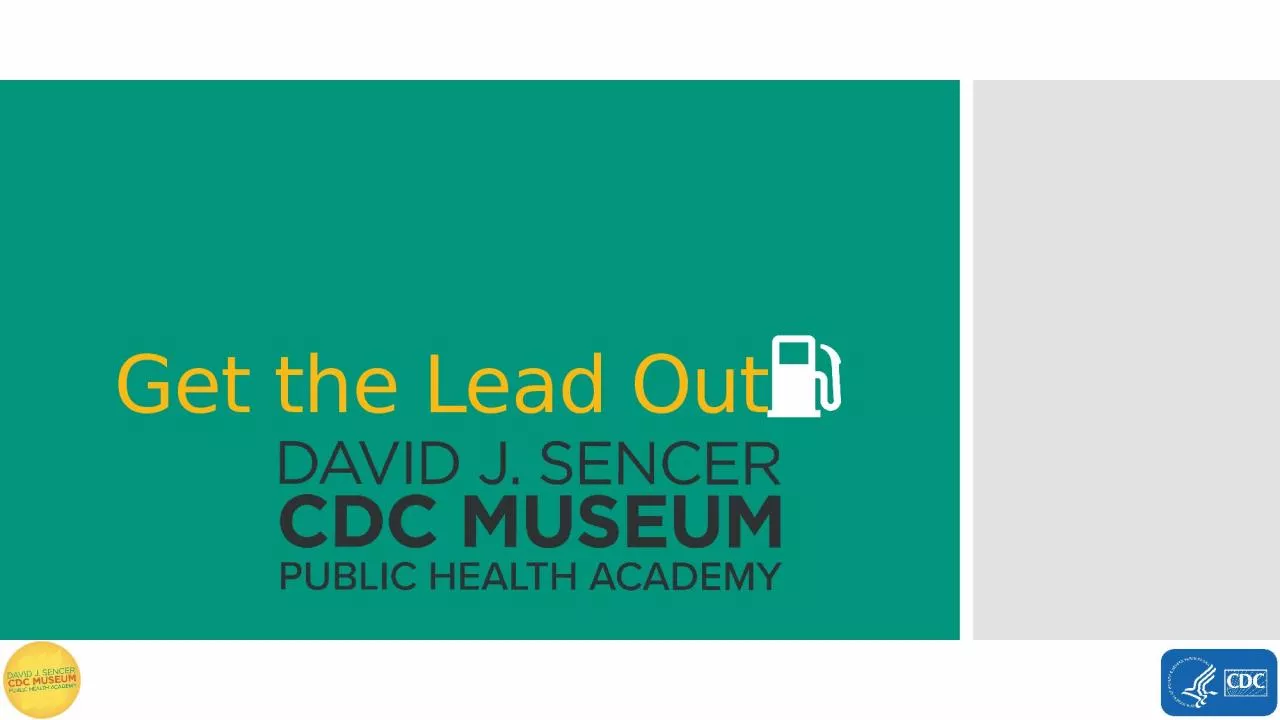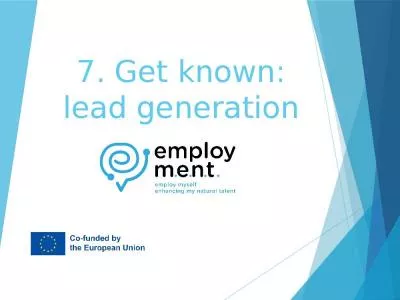PPT-Get the Lead Out Terms to Know
Author : roberts | Published Date : 2023-05-23
Word Bank Blood lead level Corrosion Environmental hazard Health disparity ppb Public health Service line chemical reaction between a metal and its environment that
Presentation Embed Code
Download Presentation
Download Presentation The PPT/PDF document "Get the Lead Out Terms to Know" is the property of its rightful owner. Permission is granted to download and print the materials on this website for personal, non-commercial use only, and to display it on your personal computer provided you do not modify the materials and that you retain all copyright notices contained in the materials. By downloading content from our website, you accept the terms of this agreement.
Get the Lead Out Terms to Know: Transcript
Download Rules Of Document
"Get the Lead Out Terms to Know"The content belongs to its owner. You may download and print it for personal use, without modification, and keep all copyright notices. By downloading, you agree to these terms.
Related Documents











![[EBOOK] - The New College Guide: How To Get In, Get Out, & Get A Job](https://thumbs.docslides.com/906586/ebook-the-new-college-guide-how-to-get-in-get-out-get-a-job.jpg)


